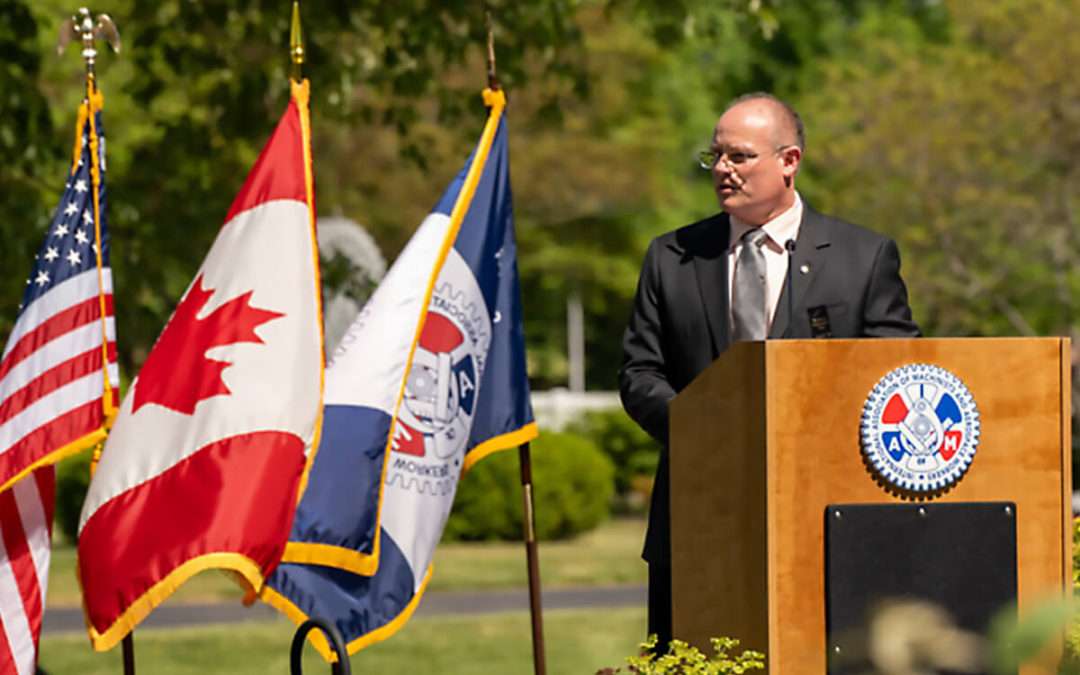
by Lou Gilmore | May 15, 2024 | Education, Featured, Front Page, Other News, Perusals, Recent News, Recent News, Row 2
The Dawn of the Machinists Union The Dawn of the Machinists Union IAM141.org 14 May 2024 In the smoky workshops of late 19th century America, a revolution was brewing. The Industrial Age, with its booming factories and powerful railroads, had brought both progress and...

by Eric Price | May 13, 2024 | Featured, Front Page, Perusals, Recent News, Recent News, retirement, Row 2
Reality Check: The Fallacy of “Just Save More” and Why Union Protections Matter More Than Ever Reality Check: The Fallacy of “Just Save More” and Why Union Protections Matter More Than Ever IAM141.org 13 May 2024 Last month, T. Rowe Price...

by Eric Price | May 6, 2024 | Featured, Featured News, Front Page, Other News, Perusals, Recent News, Row 2, United
Union Members at O’Hare Walk Out on Kirby; Sick and Tired of the Same Old Lip Service 7 May 2024 United Airlines is no longer the airline it was under Oscar Muñoz. From 2015 to 2020, this company respected its employees, and, in return, those workers gave the...

by Eric Price | May 3, 2024 | Featured, Featured News, Front Page, GOIAM Stories, MNPL, Perusals, Recent News, Row 2, Safety
Honoring the Fallen, Protecting the Living Honoring the Fallen, Protecting the Living IAM141.org 3 May 2024 On April 28, the Machinists Union gathered to honor workers lost to preventable accidents on Workers Memorial Day, pledging to continue the fight for safer...

by Eric Price | Jan 24, 2024 | Front Page, MNPL, Perusals, Recent News, Row 2, United
Air Rage: Congressman Crenshaw Loses it Over Pet Carrier Air Rage: Congressman Crenshaw Loses it Over Pet Carrier IAM141.org 24 January 2024 Tara Blake, the wife of Texas Congressman Dan Crenshaw (R-Houston), has gone viral for a video in which she appears to...

by Eric Price | Jan 18, 2024 | Featured, Featured News, Front Page, Perusals, Recent News, Row 2
Rich Evans Appointed to Key U.S. Veterans Affairs Department Committee Rich Evans Appointed to Key U.S. Veterans Affairs Department Committee IAM141.org 18 January 2024 WASHINGTON, DC – IAM Veterans Services Coordinator Rich Evans has been appointed as a Special...







